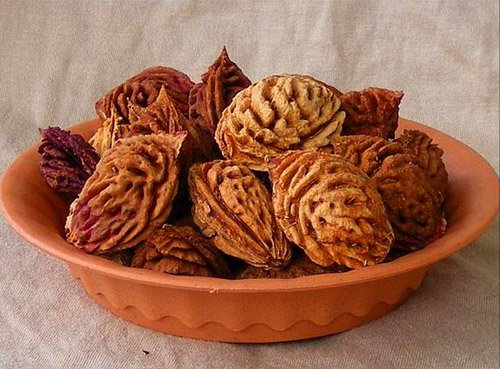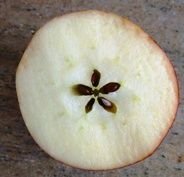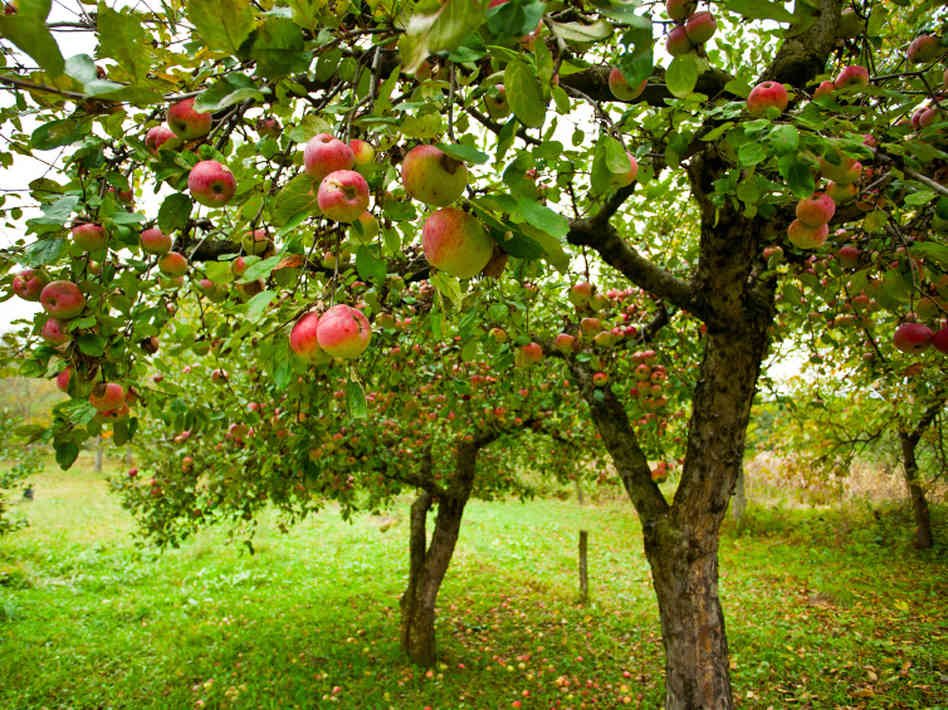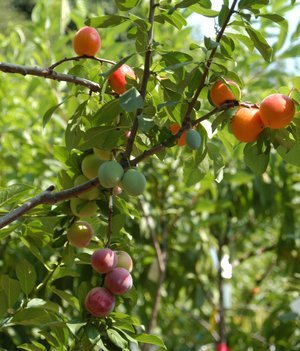
From: The NY tree that grows 40 different types of fruit! The possibilities are endless!! (Video)
Have you ever eyed that crab apple in your backyard and wished for a Golden Delicious or a juicy Bartlett Pear?
Or that wild cherry tree that only produces fruit for the birds- have you let yourself imagine perfectly ripe red cherries or even apricots on its branches?
How bout the native black walnut, have you imagined it producing easy-to-shell, large walnuts?
If so, or if this intrigues you, read on!
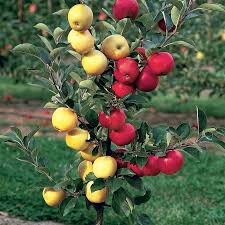
Stark Bros is a reputable nursery that sells the (Double Delicious), a tree with two different fruits!
For thousand of years, humans have been in relationship with fruiting trees and shrubs. This has lead to big changes in the way we use and relate to fruits, and the nature of fruits themselves. Fruits have changed forms throughout the years and today we are blessed with access to incredible biodiversity and abundance.
Ever wonder about the fruits that never make it into the grocery store?
Fruit production is not something that should only be relegated to professionals or experts or growers in California or Florida. This leads to the same 6 or so varieties of apples, that leave a lot to be desired, on most shelves (not to mention the indiscriminant use of poisonous insecticides to bring you perfect looking fruit).
With a little patience and small investment, you too can enjoy a diversity of fruits in your yard or neighborhood that may be harboring unknown delights and flavors. There are thousands of varieties of common fruits that are waiting to be cultivated and enjoyed.
Where do I begin?
Find a tree or plant one. Not just any tree though. Most tree fruit is a result of grafting, where one plant (scion) is cut and spliced onto another (root stock) tree. Not all trees are compatible (able to receive grafts) with the fruit variety of choice. You may even have a tree to graft onto in your yard right now.
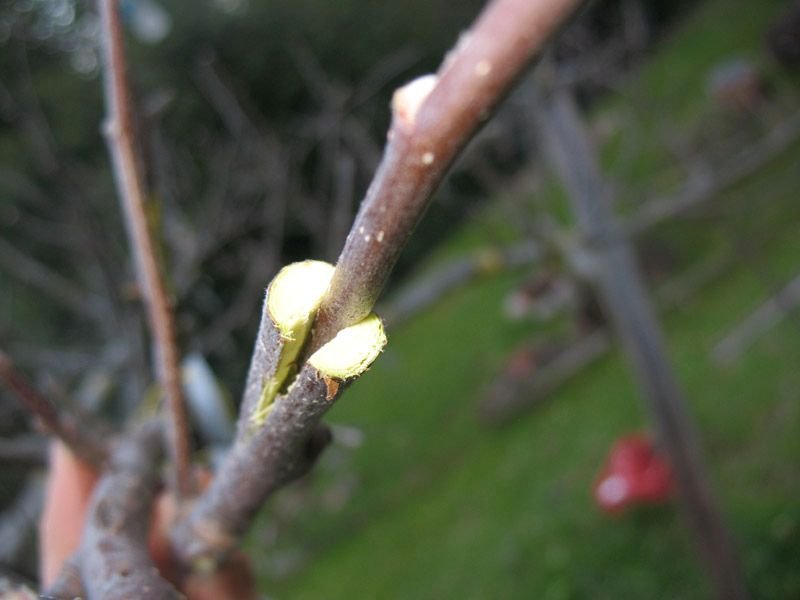
An example of a cleft graft from (here)
To make it simple…
When considering grafting in a temperate climate, there are two major categories of fruit that can be grafted on to one another within their category: stones and stars.
Stones
Make up the Prunus genus, and are easy to remember because their seed is like a stone. Think of peaches, plums, cherry, almond, apricots, peaches, etc. All of these can be grafted onto one another. Same goes for the:
Stars
Are named for the design of the seeds when a fruit is sliced horizontally, belonging to the Roasacea family. Cut an apple or pear through the equator and a star pattern will appear. These include apple, pear, quince, asian pear and medlar. Roasacea is a large family and it allows for a diversity of rootstock to be used, including hawthorn.
Grafting allows for greater diversity of fruit production at little to no cost (we'll do a detailed grafting post in spring when we graft some of our persimmons, plums, paw paws, and mulberries!).
Fruit trees can be established very economically by grafting onto existing trees. Scion wood can be purchased for a small price, or traded. Many fruit growers prune their trees each winter and may give, trade or sell these to be used as scion wood. Ask around.
This year at Mountain Jewel, we are focusing on expanding our persimmon and paw paw production. In following the Permaculture Principles, we are observing and interacting with our landscape, focusing on local solutions, and allying with the forces that are already in play. We have several stands of both paw paw and persimmon trees, offering dozens of opportunities to graft.
We have ordered scion wood from a local nursery. This wood is essentially a clone from a named cultivar with specific characteristics. In the case of paw paw varieties, they yield bigger, tastier fruit with fewer seeds. The persimmons are selected for sweeter fruit, heavy yields or early fruit set. These improvement are thanks to years of experimentation, research and selection, so I’d like to give a shout out to all the plant breeders out there. WOOT WOOT!
Grafting onto wild stock is essentially giving our fruit a major head start as the trees have shown up, established roots and have adapted well to the site. This means less work and more fruit faster!
What trees do you have access to that may be prime candidates for grafting?
Perhaps an old crabapple tree that could use a facelift with some heritage apple varieties (multiple varieties are possible on one tree). Maybe it’s an old hawthorn that would love to be supporting juicy pears. Or perhaps a wild plum that’s yearning to yield bigger and tastier fruit.
My hope is to inspire fellow Steemians to start thinking more about cropping our environment with a little effort. Start taking note of the trees around your home. Get acquainted with what trees grow where. Ask for permission to graft on someone else's land, or even in public places. The potential is unlimited. As with the New York artist's tree featured at the top of this article, even if you have a small space, grafting can help you get more diverse yields from a limited number of trees.
In the coming months, we will document and share the grafting process, taking you through the types of grafting we will be attempting, so stay tuned.

This post is a part of the #ecotrain, an incredibly diverse array of socially and ecologically conscious folks on steemit!

